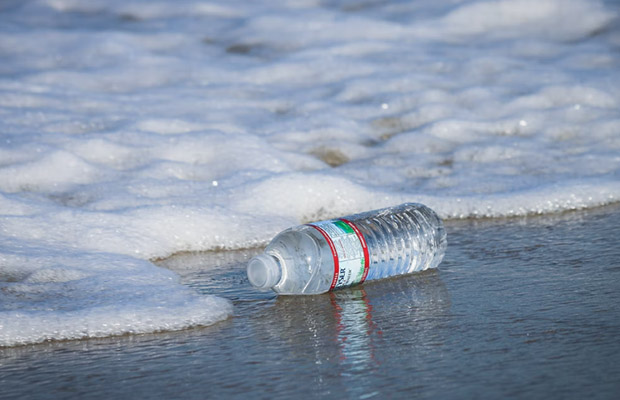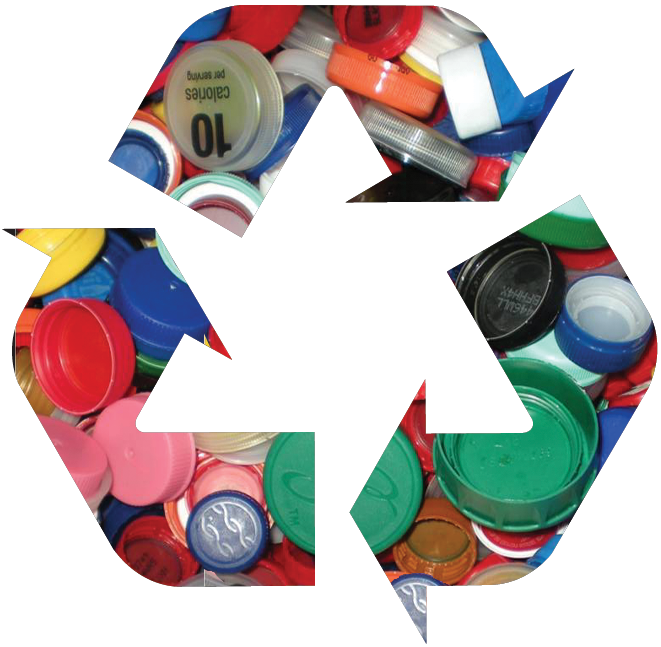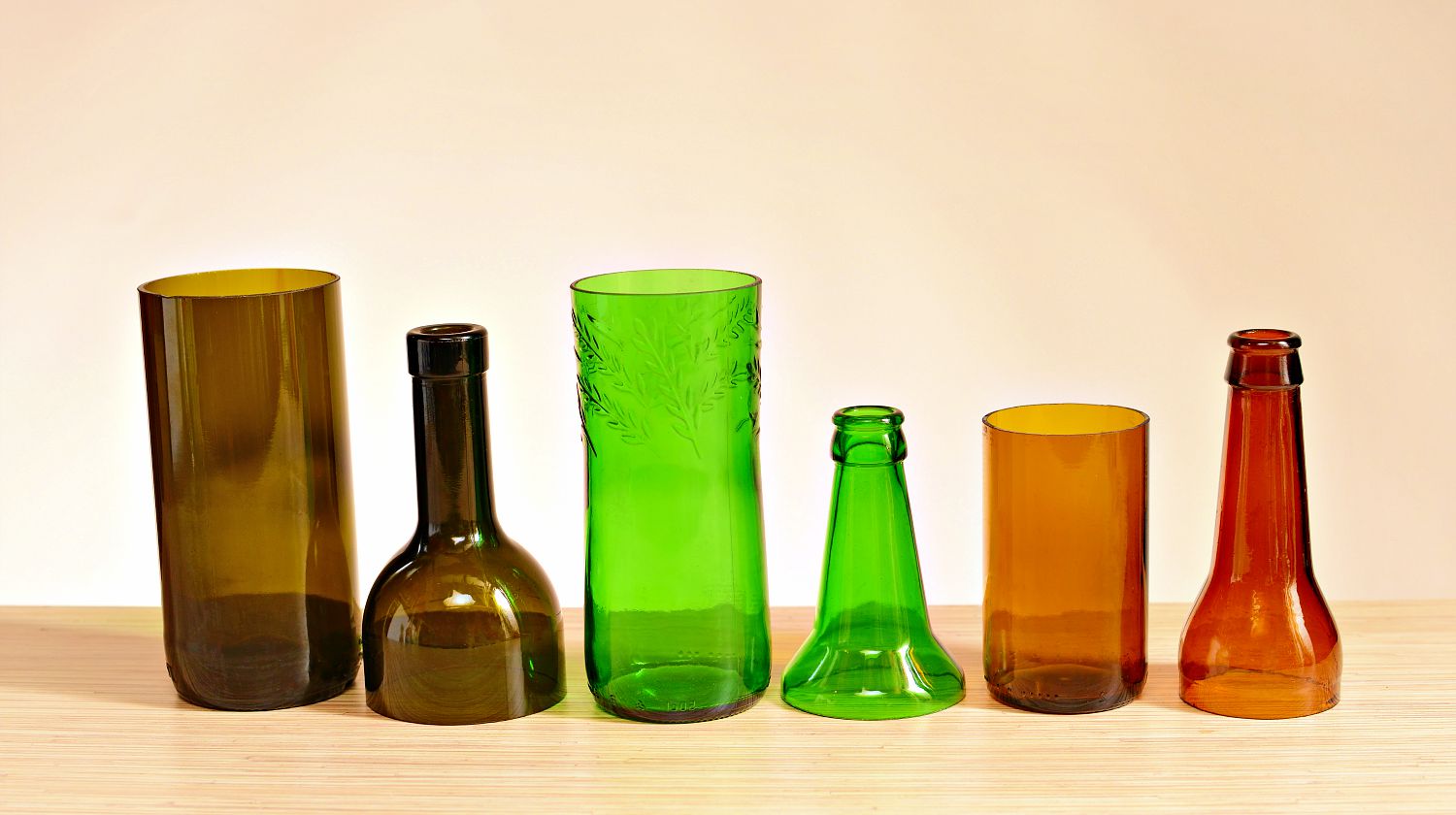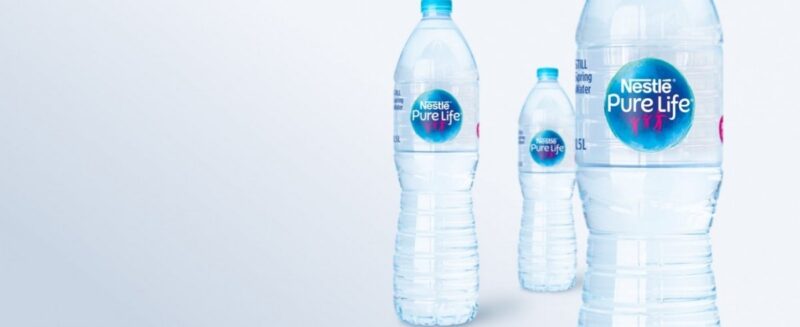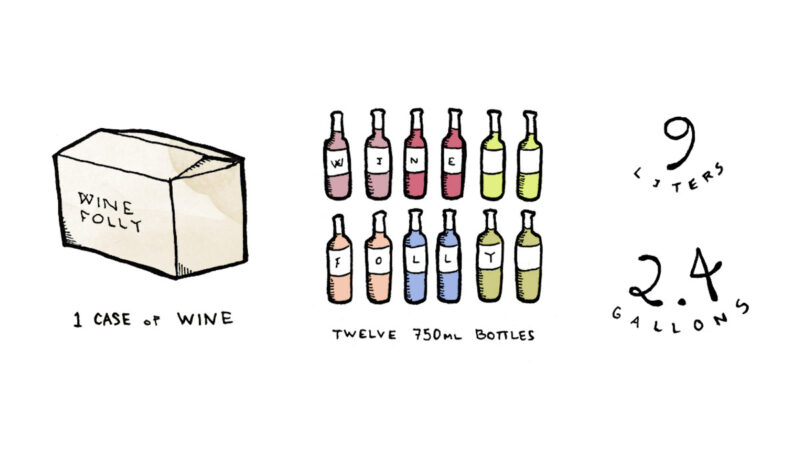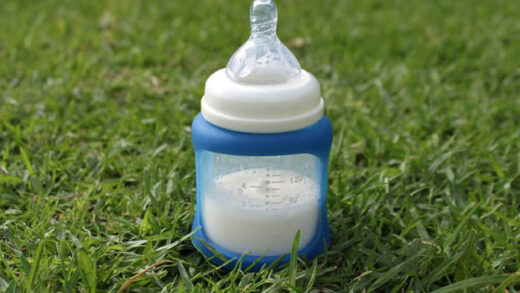A daily glass of wine keeps the doctor away. Another option is a bottle. As we all know, wine is an alcoholic beverage made by fermenting grapes and occasionally other fruits or plants. This is what makes the world of wine so wonderful and diverse: there are many different types of wine, each with a different level of sweetness, acidity, tannin content, flavor, and body. So how many calories in a bottle of red wine?
About 600–625 calories are found in a 750ml bottle of red wine. The calories in a 5-ounce glass of red wine range from 100 to 125.
Other wines typically have fewer calories. Drinks with added sugar have more calories than plain drinks quite frequently.
In light of this, let’s examine the nutritional content of red wine, one of the most popular varieties.
Read More: How To Open A Wine Bottle With A Lighter?
Table of Contents
How Many Calories In A Bottle Of Red Wine?
It’s crucial to first comprehend why some wines have more calories than others. For starters, the calories in wine bottles come from two sources, alcohol and sugar. A wine with a higher alcohol content typically has more calories. This is so because alcohol has about seven calories per gram, compared to only four for carbohydrates and proteins.
This means that even very sweet, low-alcohol wines won’t be as calorie-dense as a dry red wine with higher alcohol content. With that in mind, here is a list of the most popular types of red wine and their estimated calorie content:
- 620 calories are contained in one bottle of pinot noir.
- Zinfandel – 660 calories per bottle
- Burgundy – 650 calories per bottle
- Barbera – 625 calories per bottle
- Sangiovese – 630 calories per bottle
- Cabernet – 625 calories per bottle

Things To Keep In Mind
The occasional glass of red wine is actually healthy, according to research. Here are some of the reported health benefits:
- Rich in antioxidants
Antioxidants such as resveratrol, epicatechin, catechin, and proanthocyanidins are abundant in darker grapes, like those used to make red wine. These are thought to assist in defending your cells from free radicals, which may reduce your risk of developing heart disease, cancer, and other illnesses.
- It keeps your heart healthy
Red wine is thought to control your body’s levels of bad cholesterol and contains substances that keep your blood vessels flexible and prevent unintentional clotting. Regardless of how many calories are in a bottle of wine, drinking excessive amounts of alcohol has the opposite effect and harms the liver and heart.
Effects Of Excess Alcohol Consumption
Long-term alcohol use increases the chance of getting serious illnesses like some cancers, heart disease, strokes, and liver cirrhosis. Additionally, a bottle of red wine contains a lot of calories—roughly 625—so if you’re trying to lose weight, be careful not to overindulge. For more calorie awareness find out also how many calories are in a steak.
Difference Between Red Wine & White Wine
How the skins are utilized during the winemaking process is the main distinction between red wine and white wine. White or red grapes can be used to make white wine, but the skins are removed during fermentation.
In red wine, the skins are kept on the grapes, giving the wine that red hue. In addition, red wine uses darker grapes than white wine. With regards to the calories in red vs. white, you’ll find that they’re pretty similar, but white wine contains slightly fewer calories.
Nutritional Value Of Wine
The nutritional value of a single 5-ounce glass of red wine:
- Calories: 125
- Carbs: 4 grams
- Sugars: 1 gram
- Fat: 0 grams
- Protein: 0.1 grams
- Sodium: 6 milligrams (<1% RDI)
- Manganese: 0.2 milligrams (10% RDI)
- Potassium: 170 milligrams (5% RDI)
The nutritional value of a bottle of red wine (which you may not find on the bottle):
- Calories: 625
- Carbs: 20 grams
- Sugars: 5 gram
- Fat: 0 grams
- Protein: 0.5 grams
- Sodium: 30 milligrams (1% RDI)
- Manganese: 1 milligrams (50% RDI)
- Potassium: 850 milligrams (25% RDI)
Read More:

